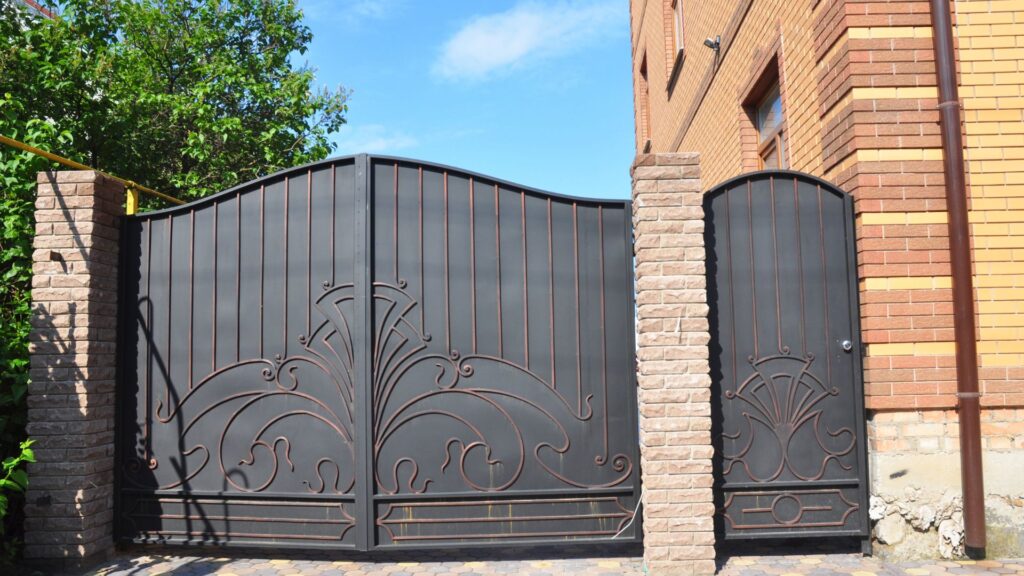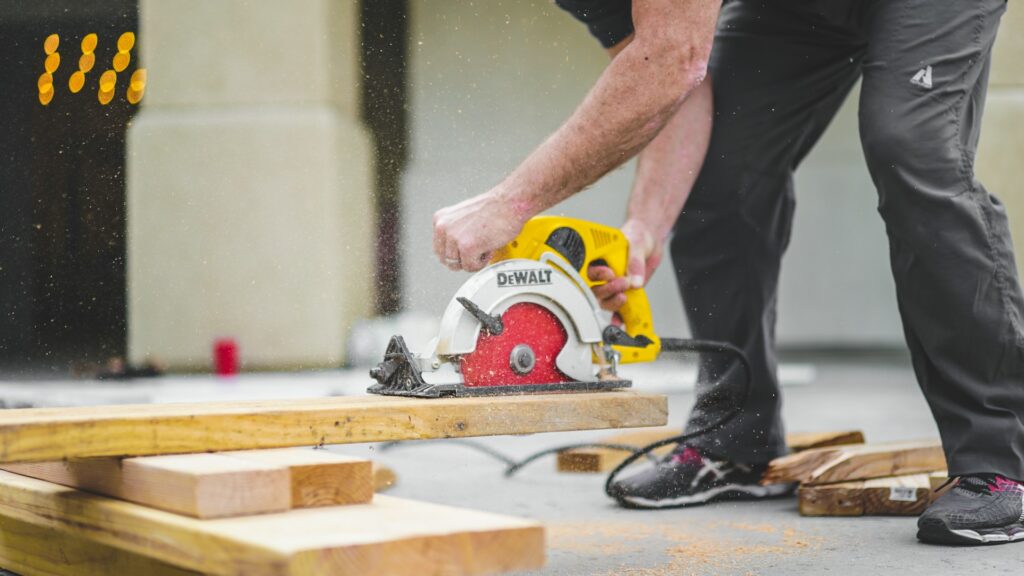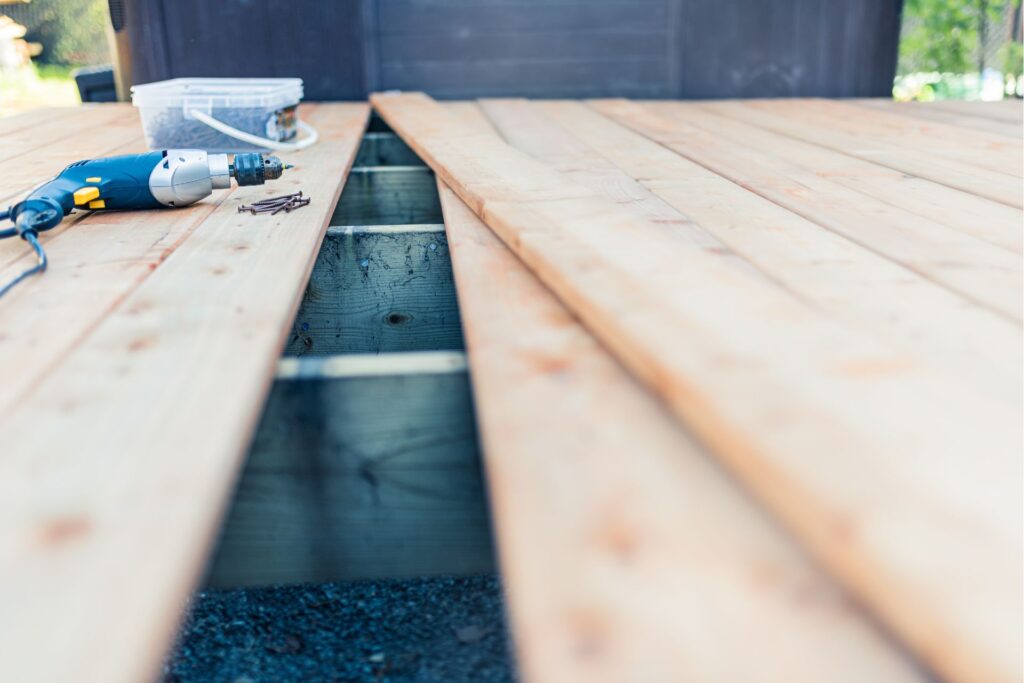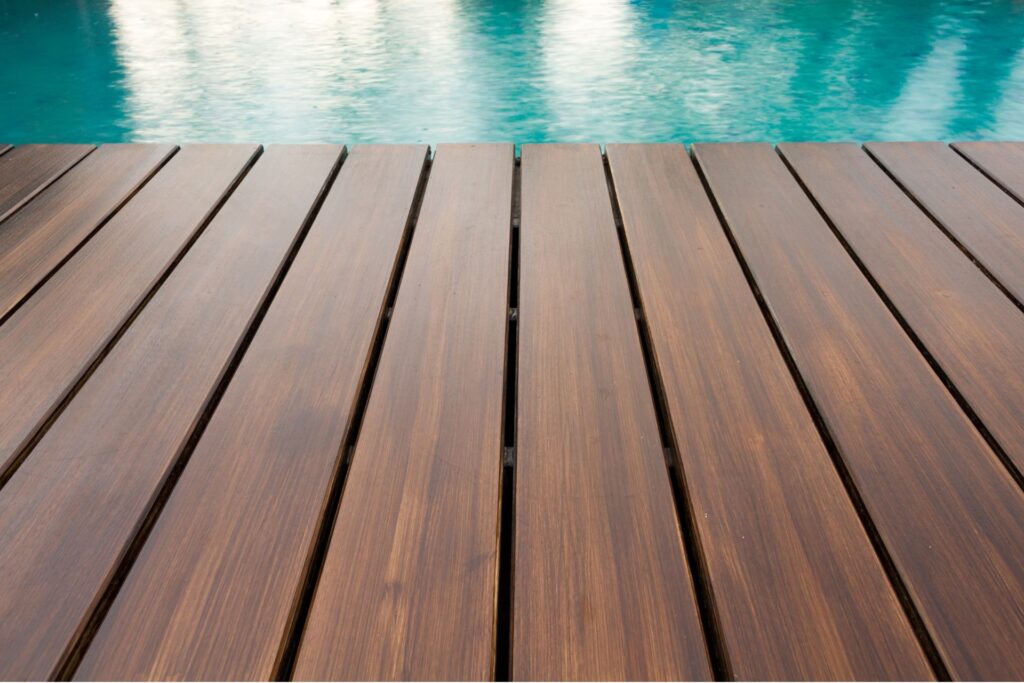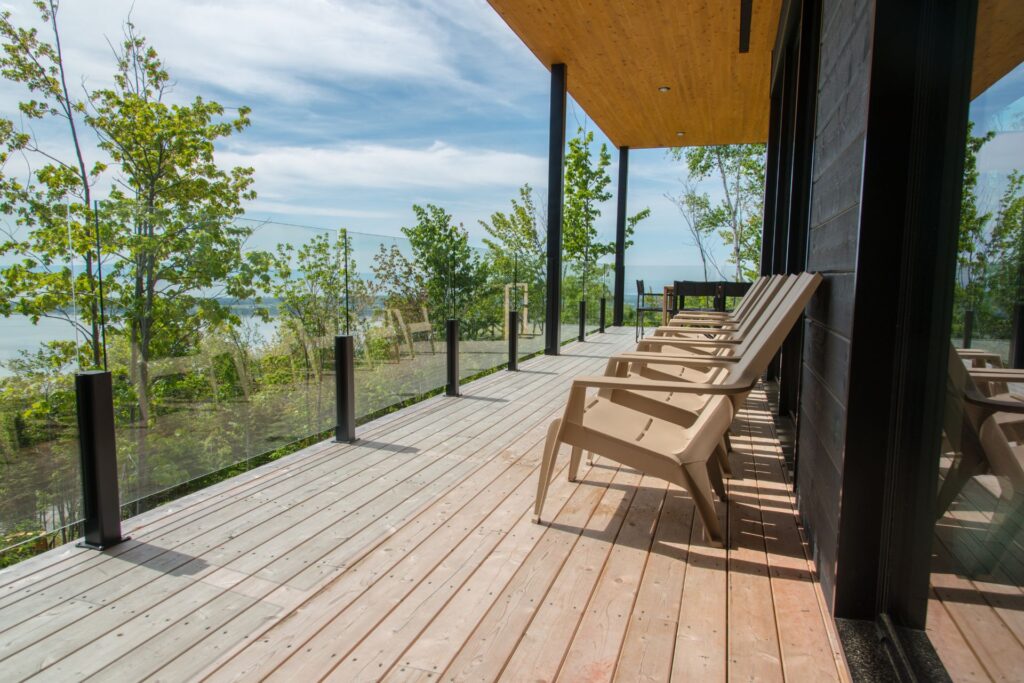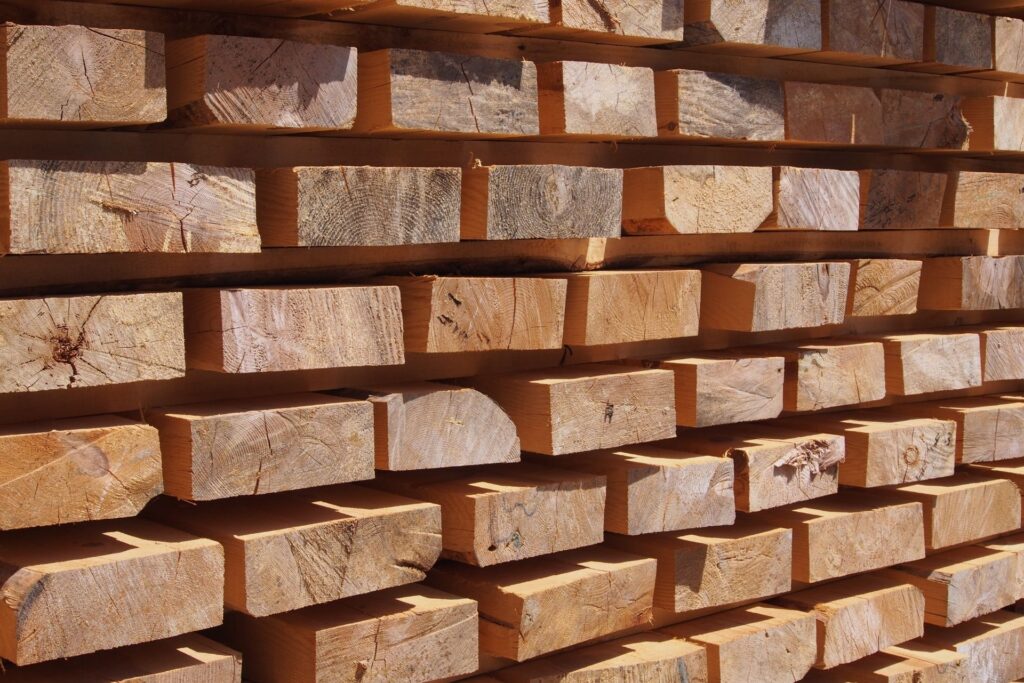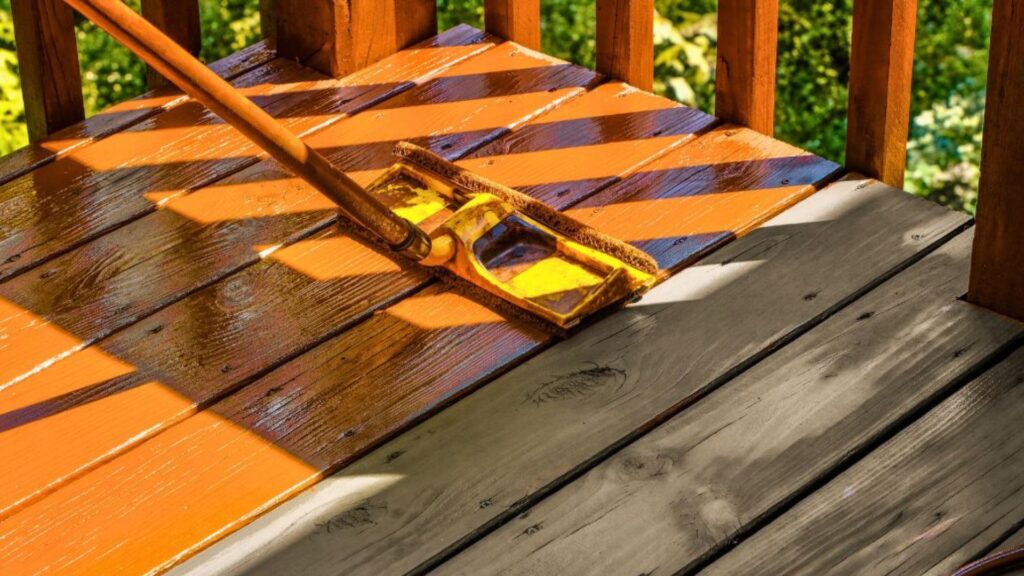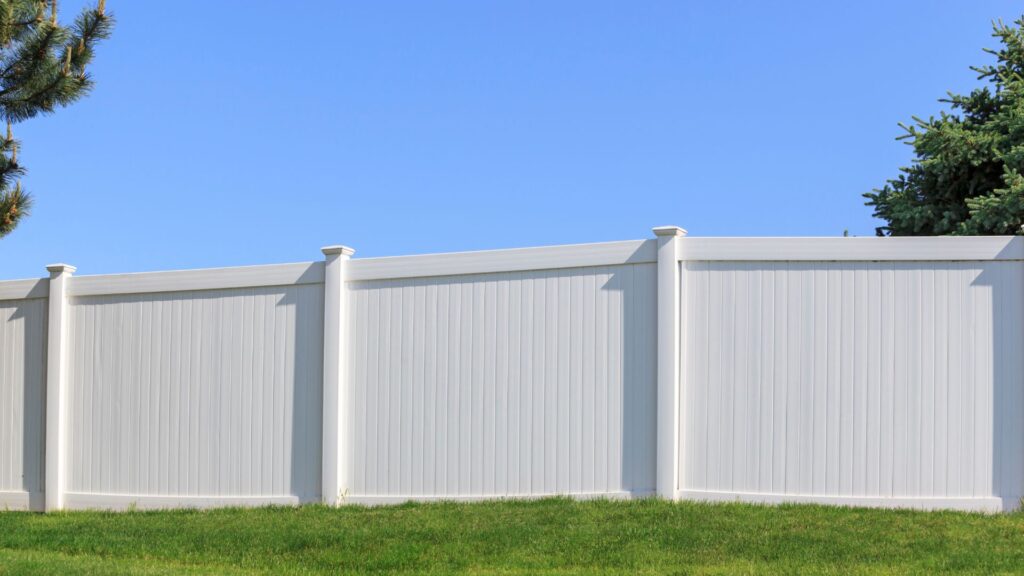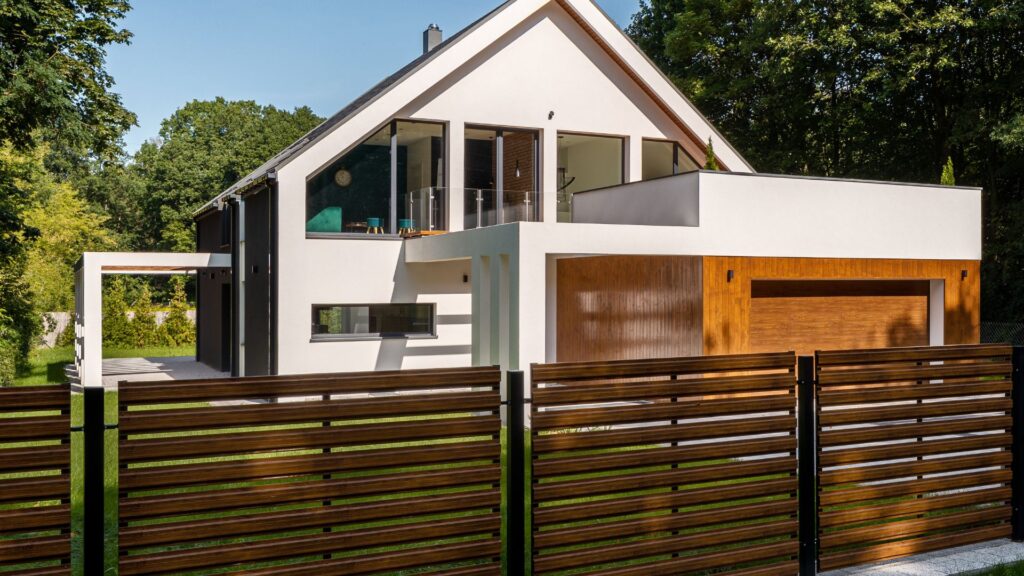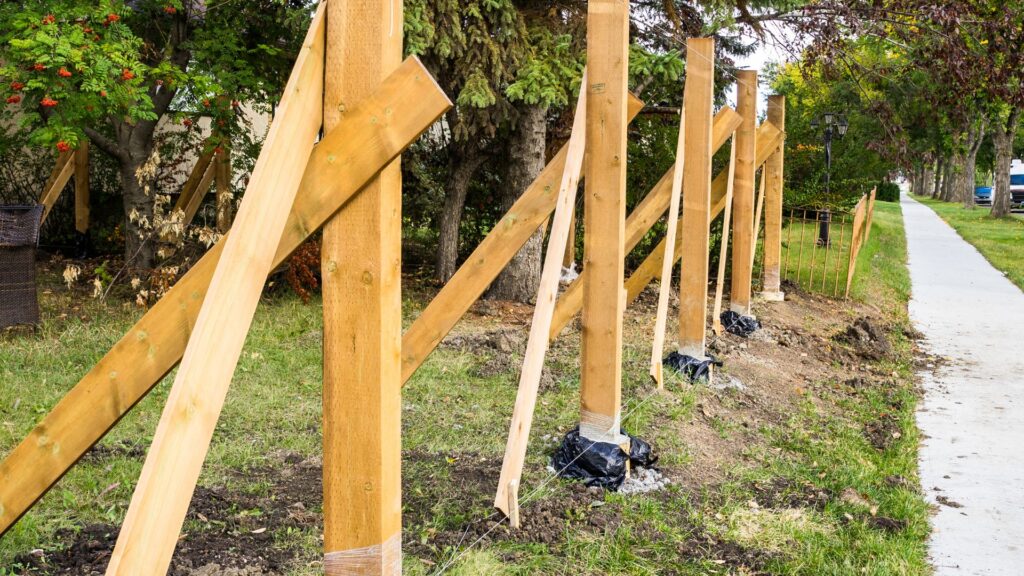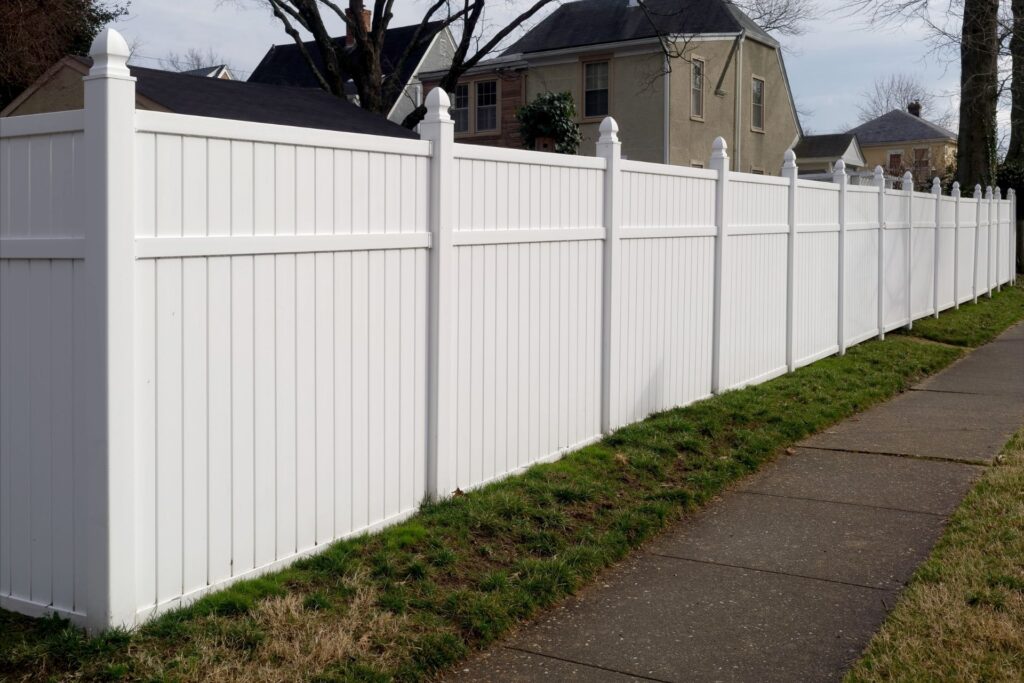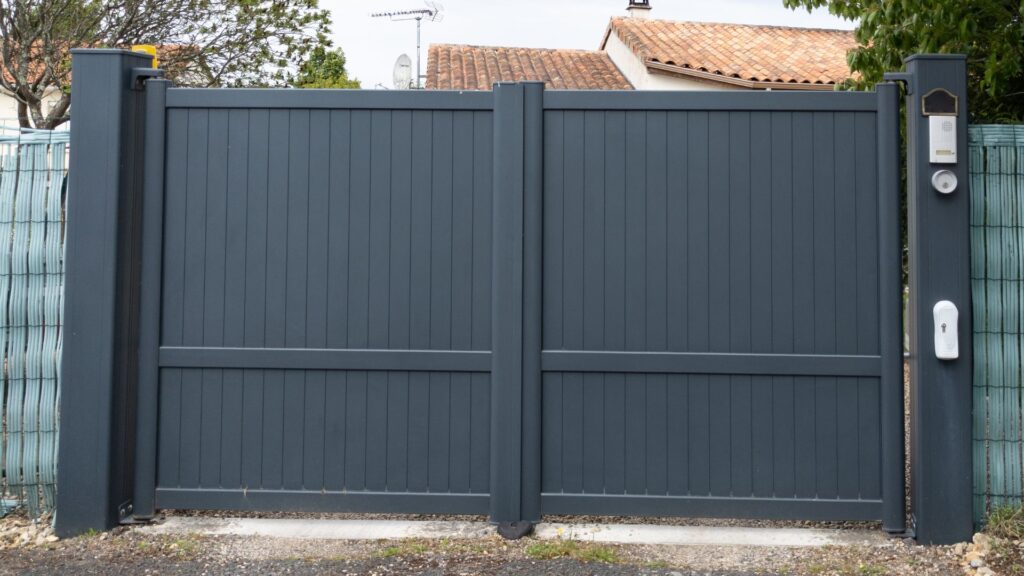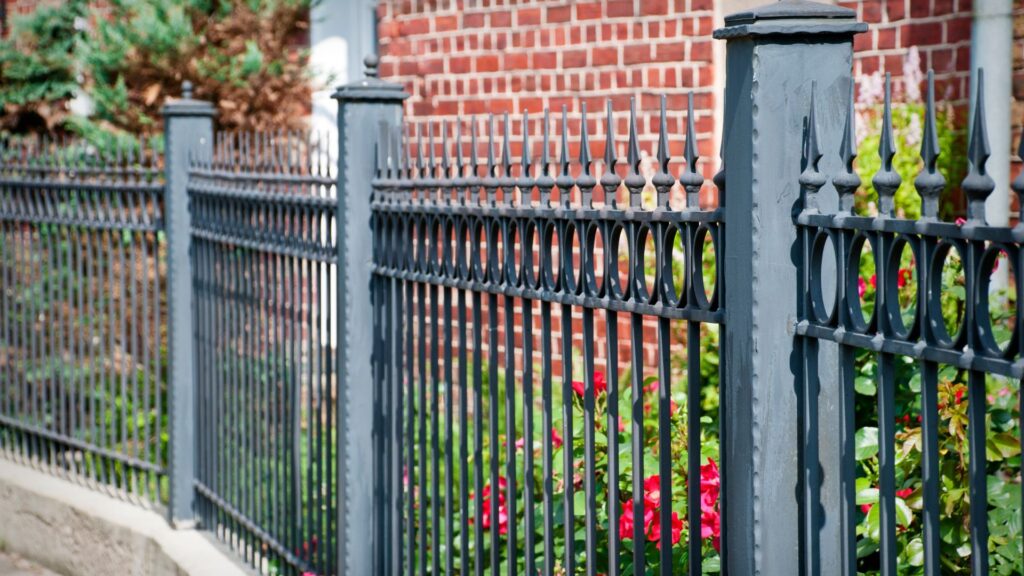Welcome to our comprehensive guide on comparing the costs of wooden and metal gates, where we’ll dive into everything you need to know before making your decision. Whether you’re considering a new gate for your home or business, one of the first questions that likely comes to mind is: Are wooden or metal gates cheaper? While the initial price is important, it’s crucial to also think about long-term factors like maintenance, durability, and aesthetic appeal. In this post, we’ll break down the key differences between wooden and metal gates, helping you determine which option is more cost-effective for your needs, both now and in the future.
The cost of wooden gates is generally lower upfront compared to metal gates, making them a more affordable initial option. However, metal gates, while more expensive to purchase and install, typically require less maintenance and offer greater durability over time. The total cost of ownership will depend on factors such as material quality, installation, and long-term maintenance needs.
Table of Contents
Factors That Influence Gate Prices
When selecting a gate for your home or property, several factors come into play that can significantly influence the overall cost. Understanding these factors will help you make a well-informed decision that balances both upfront and long-term expenses.
Materials
The choice of materials is one of the primary factors affecting gate prices. Both wood and metal offer different aesthetic and functional benefits, but they also come with varying price points based on the type, quality, and durability of the material.
- Wooden Gates: The cost of wooden gates can vary widely depending on the type of wood you choose. For example, softwoods like pine are generally more affordable, making them a popular choice for budget-conscious buyers. However, pine is less durable and may require more frequent maintenance. On the other hand, hardwoods like teak or oak are considerably more expensive but offer superior longevity and resistance to the elements. Teak, in particular, is known for its natural resistance to rot and decay, making it a premium choice with a higher price tag.
- Metal Gates: Metal gates are often preferred for their durability and security, but the price can fluctuate based on the type of metal. Aluminum gates are typically more affordable due to the metal’s lightweight and rust-resistant nature. Aluminum is also easier to install, which can reduce overall installation costs. In contrast, wrought iron gates are usually more expensive. While wrought iron is incredibly durable and offers a classic, elegant look, it requires specialized craftsmanship and may be heavier, adding to both the material and labor costs. Steel is another option, offering a middle ground in terms of cost, but it may require treatments to prevent rust.
Labor and Installation Costs
Installation costs can vary depending on the type of gate and the material you select. Wooden gates are often easier and cheaper to install compared to metal gates, primarily due to their lighter weight. This can result in lower labor costs because they don’t require as much specialized handling. On the other hand, metal gates—particularly heavier materials like wrought iron—often require more complex installation procedures, potentially involving welding, concrete footings, or custom fittings. This added complexity translates to higher labor costs.
Maintenance Costs
The initial price of a gate is just one part of the equation. You should also consider ongoing maintenance costs when determining the true cost of ownership.
- Wooden Gates: Wooden gates generally require more maintenance over time. This could include repainting or sealing the wood to protect it from the elements, as well as repairing any cracks or rot that might develop. The cost of this upkeep can add up, especially for softer woods like pine that are more prone to wear and tear. Hardwood gates, while more durable, will still require occasional maintenance to retain their appearance and integrity.
- Metal Gates: Metal gates, particularly those made from aluminum or galvanized steel, tend to be lower maintenance than wood. However, they are not maintenance-free. Wrought iron gates, for example, may need periodic rust-proofing and repainting to maintain their condition, especially in areas prone to moisture. Aluminum gates are less susceptible to rust but may still require occasional cleaning and maintenance to prevent corrosion.
Customization
Customization options also play a significant role in gate pricing. The more intricate the design, the higher the cost.
- Metal Gates: Custom-designed metal gates with elaborate patterns, scrollwork, or detailing will naturally increase the price due to the skilled labor involved. Wrought iron gates, in particular, are often chosen for their intricate designs, but this comes at a premium price point. If you’re looking for a more basic, utilitarian design, opting for a standard aluminum or steel gate can keep costs lower.
- Wooden Gates: Wooden gates can also be customized, whether through intricate carvings, decorative elements, or special treatments like staining or painting. The more personalized and unique the design, the higher the cost. Custom wood gates that incorporate unique finishes or high-end woods will command a higher price compared to simple, off-the-shelf options.
In summary, gate prices are influenced by several key factors, including the material, labor, maintenance, and level of customization. Wooden gates offer a range of price points depending on the type of wood, while metal gates can vary significantly based on the type of metal and design complexity. While it’s essential to consider the initial cost, don’t overlook long-term factors such as maintenance and installation. By weighing all these factors, you can choose a gate that not only fits your budget but also meets your aesthetic and functional needs.

Upfront Costs: Wooden Vs. Metal Gates
When deciding between wooden and metal gates for your property, understanding the initial costs can help you make an informed decision. Let’s explore the price ranges for both types of gates and compare the pros and cons of each material in terms of affordability, appearance, and installation.
Cost Comparison: Wooden Gates vs. Metal Gates
Wooden Gates
The price of wooden gates can vary significantly depending on the type of wood, size, and design. Here’s a breakdown of the general cost range:
- Low-Cost Wooden Gates: These typically start around $150 to $500. These gates are often made from less expensive woods like pine or fir, which can be a good choice for budget-conscious homeowners.
- Mid-Range Wooden Gates: For more durable woods like cedar or redwood, prices usually fall between $500 and $1,500. These options offer a better balance between cost and longevity.
- High-End Wooden Gates: Custom designs, premium hardwoods like mahogany or teak, and intricate craftsmanship can drive prices above $2,000, sometimes reaching $4,000 or more.
Additional Costs: Wood requires regular upkeep, so don’t forget to factor in expenses for staining, varnishing, or sealing, which typically cost $100 to $300 depending on the size and condition of the gate.
Metal Gates
Metal gates offer different price points depending on the material and design complexity:
- Low-Cost Metal Gates: Basic wrought iron or aluminum gates can cost between $300 and $800. These simple designs are functional and affordable.
- Mid-Range Metal Gates: More intricate designs or heavier materials like steel generally range from $800 to $2,500. These gates offer better security and durability.
- High-End Metal Gates: Custom iron gates with ornate detailing or heavy-duty steel can exceed $3,000 and may even go as high as $10,000 depending on the size and complexity of the design.
Additional Costs: Metal gates may require protective coatings or rust-proof treatments, especially in areas with high humidity or salt air, which can add $200 to $500 to your initial investment.
Pros and Cons of Wooden vs. Metal Gates
Each material comes with its own advantages and drawbacks. Below is a quick comparison to help you weigh the options.
Wooden Gates
Pros:
- Generally lower upfront costs, especially for basic designs.
- Natural aesthetic appeal that blends well with traditional or rustic homes.
- Easier to customize or modify for a more personal touch.
Cons:
- Requires ongoing maintenance (staining, sealing) to prevent weather damage.
- Can warp or deteriorate over time, particularly in harsh climates.
- Less durable compared to metal gates, potentially needing replacement sooner.
Metal Gates
Pros:
- Superior durability and longevity, often lasting decades with minimal upkeep.
- Resistant to damage from weather, pests, and general wear and tear.
- Adds a sense of security and can enhance the property’s overall value.
Cons:
- Higher initial costs compared to wood, especially for custom or ornate designs.
- Limited flexibility for customization compared to wooden gates.
- Potential for rust or corrosion without proper treatment, depending on the material and environment.
Choosing between a wooden and metal gate depends on your budget, maintenance preferences, and the look you want for your property. Wooden gates offer a lower-cost solution with a warm, natural appearance but require more upkeep. Metal gates, though pricier upfront, are long-lasting and durable, making them a good investment for homeowners looking for a low-maintenance option that boosts security and curb appeal.

Maintenance And Long-Term Costs
When choosing between wooden and metal gates, it’s important to understand not just the upfront costs but also the long-term expenses related to maintenance. Over time, maintaining your gate can become a significant factor in its overall cost, so let’s dive into the specifics of wooden and metal gate upkeep, as well as their expected lifespan.
Wooden Gates Maintenance
Wooden gates offer a classic, natural aesthetic, but they come with specific maintenance challenges. One of the most common issues is warping, which occurs when the wood absorbs moisture and expands, causing it to bend or twist. This is especially problematic in climates with high humidity or frequent rainfall. Additionally, wooden gates are vulnerable to rotting over time, especially if they are not sealed or treated properly. Termite damage is another potential issue, particularly in warmer climates, as these pests can weaken the structural integrity of the wood.
To keep a wooden gate in good condition, homeowners should anticipate regular maintenance tasks. These can include repainting or staining to protect the wood from the elements, replacing damaged sections, and pest treatments to prevent termites and other insects. Depending on the level of wear and the climate, you may need to repaint or reseal the gate every 1-2 years. Annual maintenance costs for a wooden gate can range between $100 and $300, depending on the size of the gate and the extent of the work required.
Different climates can significantly impact wood durability. For example, gates in humid or coastal areas may need more frequent maintenance, as the moisture can accelerate rot and warping. In contrast, gates in dry, arid climates may not experience these issues as frequently but may still suffer from fading or cracking due to intense sun exposure.
Metal Gates Maintenance
Metal gates, particularly those made of wrought iron, are known for their strength and longevity, but they also require some upkeep to stay in good condition. Rusting is the most common problem with wrought iron gates. Over time, exposure to moisture and oxygen causes the metal to corrode, creating rust spots that can spread if left untreated. To prevent rust, metal gates require rust-proof coatings or regular repainting, which should be done every few years. If rust does occur, removing it can be labor-intensive, and if the damage is severe, it might require professional intervention.
While the maintenance costs for metal gates are generally less frequent, they can be higher when rust damage needs addressing. For example, applying rust-proof treatments or repainting a metal gate could cost anywhere from $150 to $500 every few years. However, the lower frequency of maintenance helps balance out these occasional higher costs.
Aluminum gates, on the other hand, are an excellent low-maintenance option. Aluminum is naturally resistant to corrosion, so it doesn’t rust like iron or steel. This makes it ideal for areas with high moisture levels or salty air, such as coastal regions. Maintenance for aluminum gates is minimal, usually just occasional cleaning and inspections to ensure there’s no physical damage. The cost of maintaining an aluminum gate is significantly lower, often limited to periodic cleaning and minor repairs, which can cost less than $100 annually.
Lifespan Comparison
When it comes to overall longevity, metal gates, especially those made from iron or aluminum, tend to outlast wooden gates. Wooden gates typically need replacement after 10-15 years, especially if they’re exposed to harsh weather conditions or aren’t maintained properly. The frequent need for repainting, sealing, and pest treatments can add up over time, making wooden gates more costly in the long run despite their lower initial price.
In contrast, metal gates can last for decades with minimal maintenance. Wrought iron gates can endure for over 30 years if they are properly treated for rust, and aluminum gates can easily exceed that lifespan due to their corrosion resistance. This longevity can significantly reduce the total cost of ownership, making metal gates a more economical choice over time, despite a potentially higher upfront investment.
In conclusion, while wooden gates require more frequent and hands-on maintenance, metal gates, particularly aluminum, offer a longer lifespan with less upkeep. When considering long-term costs, it’s essential to weigh the initial savings of wood against the durability and lower maintenance needs of metal.

Aesthetic And Design Preferences: Does Cost Reflect Style?
When considering the aesthetic and design preferences for gates, style plays a crucial role in determining the overall cost. Different materials, designs, and finishes can significantly impact not only the appearance of your property but also the price tag of your gate installation. Let’s break down how style and material choices can affect both the cost and curb appeal of your gate.
Wooden Gates: Warmth and Traditional Appeal
Wooden gates offer a timeless, classic look that brings a sense of warmth and tradition to any home. The style and craftsmanship involved in creating wooden gates can vary greatly, which directly impacts the cost.
- Basic vs. Custom Designs: A simple, standard wooden gate might be relatively affordable, but as soon as you start to explore custom designs, the price can rise sharply. Factors like intricate carvings, unique shapes, and custom sizes all add to the overall cost. If you’re looking to create a one-of-a-kind wooden gate that reflects your personal style or complements the architecture of your home, expect the price to increase in line with the complexity of the design.
- Finishes and Paint: Another factor that influences cost is the finish. Wooden gates can be stained or painted to match the exterior of your home, adding a cohesive look to your property. However, this customization comes at an additional cost. High-quality stains or paint treatments, which ensure the gate is protected from weather and wear over time, require more materials and labor, thus driving up the price.
Wooden gates are perfect for those who appreciate a traditional, warm aesthetic. However, the cost will reflect the level of detail, craftsmanship, and finish required to achieve your desired look.
Metal Gates: Sleek and Modern Versatility
Metal gates, particularly those made of steel or aluminum, offer a sleek, contemporary look that works well in both residential and commercial settings. They are known for their durability and low maintenance needs, making them a popular choice for homeowners looking for long-term solutions.
- Ornate vs. Minimalist Designs: The style of the metal gate plays a significant role in its cost. For example, a simple, minimalist design may be relatively affordable, but if you’re looking for something more ornate, especially with wrought iron, the price can skyrocket. Wrought iron gates are known for their detailed craftsmanship and intricate designs, which require more labor and expertise to produce. While they offer a luxurious, high-end look, the investment is much higher compared to a straightforward, modern metal gate with clean lines and minimal adornments.
- Customization Options: Like wooden gates, metal gates can be customized with various finishes, colors, and even automation systems. Powder coating for a durable, long-lasting finish adds cost, as does the inclusion of additional features like remote-controlled opening mechanisms.
Metal gates, especially in sleek, modern styles, are perfect for those who prefer a contemporary aesthetic. However, the cost will depend heavily on the complexity and customization of the design.
Value of Curb Appeal: Enhancing Aesthetic and Financial Value
Both wooden and metal gates offer more than just security and privacy; they also enhance the aesthetic appeal of your property. A well-designed gate adds a level of sophistication and charm that can boost your home’s curb appeal—an important factor if you’re considering selling in the future. Potential buyers are often drawn to properties that look well-maintained and stylish, and the right gate can contribute to that first impression.
- Wooden Gates: A beautifully crafted wooden gate can create a welcoming, traditional feel that makes your home stand out in the neighborhood. Its natural, organic look is often associated with high-end homes, which can make a significant difference in a buyer’s perception of value.
- Metal Gates: A sleek, modern metal gate can give your home a cutting-edge appearance, particularly appealing to buyers who value contemporary design. Ornate wrought iron gates, on the other hand, add an air of luxury and grandeur, which can positively influence the perceived value of the property.
In summary, whether you choose a wooden or metal gate, the cost will largely reflect the level of customization and style you prefer. Both options can significantly enhance the visual appeal of your property, potentially increasing its value and making it more attractive to buyers. The key is to balance your aesthetic preferences with your budget, keeping in mind that a stylish, well-crafted gate is an investment that can pay off in both functional and financial terms.
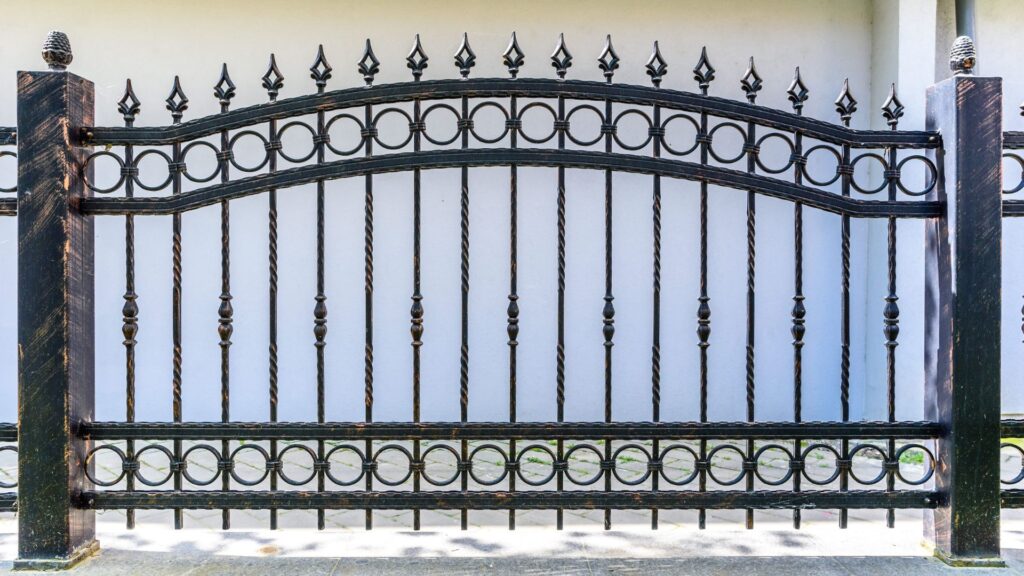
Durability And Security Considerations
When choosing the right gate for your property, it’s essential to weigh the durability and security features of different materials. Wooden and metal gates both have their unique strengths and weaknesses, which can affect their overall security performance and long-term resilience. Let’s break down the key considerations for each type.
Wooden Gates: Durability and Security
Wooden gates offer a charming, natural look that complements many property styles, but when it comes to security, they present both benefits and drawbacks. Generally, wooden gates provide moderate security, but they may not match the strength or resistance of metal gates.
Wood is a more flexible material, which can be an advantage for certain design preferences but also makes it easier to damage. Over time, wooden gates can become susceptible to wear and tear from weather conditions, rot, and pests like termites, which weakens the gate and compromises security. Additionally, wooden gates may be more prone to being forced open compared to their metal counterparts.
However, you can take steps to reinforce wooden gates and improve their durability and security. For example, installing a sturdy frame, using thicker, high-quality timber, and adding metal bracing can significantly enhance the gate’s strength. Bolting or attaching a metal support structure to the wooden gate is another practical solution. Additionally, applying weather-resistant coatings and sealants helps protect the wood from moisture, preventing rotting and weakening.
While these enhancements will increase the gate’s security, they often come with added costs. Reinforcing a wooden gate with metal components or using higher-grade timber can raise the overall expense of the installation. Furthermore, maintenance is key to keeping a wooden gate in top condition, which may require ongoing costs over the years.
Metal Gates: Durability and Security
When it comes to strength and durability, metal gates are often the preferred choice, particularly for those prioritizing high-security. The inherent toughness of metal makes it much harder to breach than wood. Whether you’re using wrought iron, steel, or aluminum, metal gates offer a solid barrier that is difficult to damage or force open, making them ideal for protecting both residential and commercial properties.
Metal gates are typically designed to withstand significant pressure, making them excellent for deterring intruders. Additionally, their durability ensures that they are less likely to suffer from issues like warping, rotting, or pests, which are common problems with wooden gates. Metal gates are especially popular in areas where security is paramount, such as gated communities, industrial properties, and estates.
Though metal gates are generally more expensive than wooden ones, the investment pays off in the long run. High-quality metal gates often last for decades with minimal maintenance. While the initial cost may be higher, their durability means you’ll spend less on repairs and replacements over time, which can be a significant cost-saving factor. Metal gates also offer the flexibility of being automated, allowing for easy integration with modern security systems, which adds another layer of protection.
In conclusion, if security and durability are top priorities, metal gates are the clear winner. However, for those seeking a balance between aesthetic appeal and moderate security, wooden gates with proper reinforcement can still be a viable option.

Environmental Impact And Sustainability
When choosing between wooden and metal gates, considering their environmental impact and sustainability is crucial, especially for eco-conscious consumers. Both materials offer unique advantages in terms of renewability, recyclability, and carbon footprint, which can influence both the choice and the price of the gate.
Wooden Gates: Sustainability and Eco-Friendly Sourcing
Wooden gates are often seen as a sustainable option because wood is a renewable resource. Trees can be replanted, and forests can be managed in a way that supports long-term environmental health. However, not all wood is sourced responsibly. The sustainability of a wooden gate largely depends on the type of wood used and how it is harvested.
Eco-friendly wood sourcing can significantly impact the price of a wooden gate. Wood that comes from sustainably managed forests, certified by organizations like the Forest Stewardship Council (FSC), tends to be more expensive due to the ethical practices involved in its procurement. The FSC certification ensures that the wood is sourced in a way that protects forests, promotes biodiversity, and supports the local communities who rely on these forests for their livelihood.
Another sustainable option for wooden gates is the use of reclaimed or recycled wood. Reclaimed wood comes from older structures like barns or factories and can give a rustic, weathered appearance while minimizing the environmental impact by reducing the need for new trees to be harvested. Although reclaimed wood is often more expensive due to the labor involved in its sourcing and preparation, it provides a unique and eco-friendly solution.
Metal Gates: Recyclability and Carbon Footprint
Metal gates, particularly those made from materials like steel or aluminum, can be an environmentally responsible choice due to the high recyclability of metals. Many metal gates are manufactured using recycled metal, which significantly reduces the environmental footprint compared to producing new metal from raw materials. Recycling metal not only saves natural resources but also cuts down on the energy required for production, contributing to lower greenhouse gas emissions.
While metal gates have a clear advantage in terms of recyclability, their production process is energy-intensive. The carbon footprint of manufacturing metal gates is often higher than that of wooden gates due to the energy required to extract, process, and transport metal. However, metal gates are typically more durable and require less maintenance over their lifetime, which can offset some of these initial environmental costs. Aluminum, for instance, is highly recyclable and can be repurposed without losing its quality, making it a popular choice for eco-conscious consumers.
Comparing the Carbon Footprint: Wooden vs. Metal Gates
When comparing the carbon footprint of wooden and metal gates, several factors come into play. The carbon emissions associated with manufacturing and transporting wooden gates are typically lower than those for metal gates, primarily because wood production is less energy-intensive. However, the sustainability of wooden gates depends on how the wood is sourced. If the wood comes from unsustainable logging practices, its environmental impact can be significant.
On the other hand, metal gates often require more energy to produce, but their recyclability and longer lifespan can make them a more sustainable option over time. The transportation of metal gates can also contribute to a higher carbon footprint due to their heavier weight compared to wooden gates. However, because metal gates are more durable and often require less maintenance or replacement, they may prove to be the more eco-conscious option in the long run.
For eco-conscious consumers, the decision between wooden and metal gates often comes down to balancing upfront environmental costs with long-term sustainability. Wooden gates made from FSC-certified or reclaimed wood can be a responsible choice if sourced ethically, while metal gates made from recycled materials and with a focus on durability offer a more recyclable and long-lasting alternative.
In summary, both wooden and metal gates offer eco-friendly options, depending on how the materials are sourced and processed. For those who prioritize sustainability, the key is to look at the broader environmental impact, considering not only the material itself but also how it is produced, transported, and maintained over time.

FAQs: About Are Wooden Or Metal Gates Cheaper
Which is cheaper, wooden or metal gates?
Wooden gates are generally cheaper upfront compared to metal gates. However, metal gates may provide better long-term value due to their durability and lower maintenance needs, while wooden gates might require regular upkeep.
What are the maintenance costs for wooden gates?
Wooden gates typically require more frequent maintenance, such as repainting, staining, or sealing to protect against weather damage, rot, or pests. Depending on the wood type and climate, yearly maintenance costs can add up, making wood gates more expensive over time.
Do metal gates rust over time?
Some metal gates, particularly those made from wrought iron or steel, are susceptible to rust if not properly treated. However, regular rust-proof coatings or repainting can help prevent rust. Aluminum gates, on the other hand, are naturally resistant to rust.
How long do wooden gates last compared to metal gates?
Wooden gates typically last 10-15 years with proper maintenance, while metal gates, particularly those made from wrought iron or steel, can last several decades with minimal upkeep. The lifespan depends on environmental factors and the quality of materials used.
Are metal gates more secure than wooden gates?
Metal gates are generally considered more secure than wooden gates due to their strength and resistance to damage. Metal is harder to break or force open, making it a better choice for security-conscious homeowners or businesses.
Which gate is better for harsh weather conditions?
Metal gates, especially aluminum, tend to hold up better in harsh weather conditions, as they are resistant to rust and do not warp. Wooden gates may suffer from rot, warping, or weather damage in wet or humid climates if not properly maintained.
Can wooden gates be customized more easily than metal gates?
Both wooden and metal gates can be customized, but the customization process differs. Wooden gates can be shaped, carved, or stained in various finishes, while metal gates, particularly wrought iron, can feature intricate, decorative designs. Customizations in both materials may increase costs.
Do wooden gates require professional installation?
Wooden gates can often be installed without professional help if they are lightweight and simple in design. However, larger, heavier gates may require professional installation to ensure proper alignment and functionality. Metal gates, being heavier and more complex, typically require professional installation.
Which gate type has better curb appeal?
Both wooden and metal gates can enhance curb appeal, depending on the style of the home. Wooden gates offer a warm, traditional look, while metal gates tend to give a sleek, modern aesthetic. The best choice depends on personal preferences and the design of the property.
Are wooden or metal gates more environmentally friendly?
Wooden gates can be more environmentally friendly if sourced from sustainable forests or made from reclaimed wood. Metal gates, while requiring more energy to produce, are highly recyclable. Aluminum gates, in particular, are considered a more eco-friendly metal option due to their recyclability and resistance to corrosion.
Conclusion
In conclusion, determining whether wooden or metal gates are cheaper depends on various factors. While wooden gates generally have a lower upfront cost, they may require more frequent maintenance and repairs, potentially making them more expensive over time. On the other hand, metal gates, though pricier initially, offer greater durability and security, often proving to be a better long-term investment. Ultimately, the decision between wooden and metal gates should be based on personal preferences, budget constraints, and the specific needs of your home. Whether prioritizing affordability now or value over time, both options offer unique benefits tailored to different homeowners’ requirements.
About the Author:
Mike Veail is a recognized digital marketing expert with over 6 years of experience in helping tradespeople and small businesses thrive online. A former quantity surveyor, Mike combines deep industry knowledge with hands-on expertise in SEO and Google Ads. His marketing strategies are tailored to the specific needs of the trades sector, helping businesses increase visibility and generate more leads through proven, ethical methods.
Mike has successfully partnered with numerous companies, establishing a track record of delivering measurable results. His work has been featured across various platforms that showcase his expertise in lead generation and online marketing for the trades sector.
Learn more about Mike's experience and services at https://theleadguy.online or follow him on social media:

